Shopify Plus SEO Agency
Optimum7 is the premier stop for Shopify store owners looking for a premium full service Shopify SEO agency that can take their business to the next level.
At Optimum7 we live and breathe eCommerce marketing. Our team of world class developers and SEO specialists will work tirelessly to ensure your website is dominating the search engines, and your sales are skyrocketing.
A Shopify Plus SEO Agency You Can Trust
Optimum7 has thrived in the digital marketing realm for over 15 years—and we’re here to stay. Our team is ever-growing and increasingly knowledgeable about the nuances of eCommerce. We boast a dedicated team of Shopify Plus SEO experts prepared to resolve any challenges that arise.
Our development team has pioneered numerous eCommerce businesses, appreciating the numerous benefits that a Shopify Plus platform offers. Partnering with Shopify Plus development company like Optimum7 ensures your Shopify Plus site performs optimally. Should your site lack essential built-in SEO features that affect rankings, our skilled developers are ready to craft these features, guaranteeing your eCommerce success.
Shopify SEO Case Studies
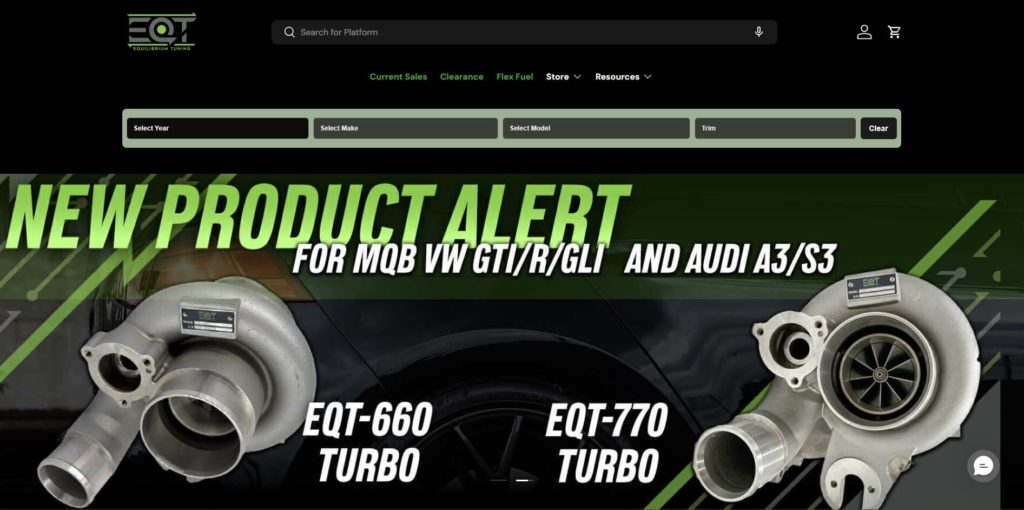
Equilibrium Tuning Case Study
We Increased EQ Tuning’s Pages Per Session With Shopify
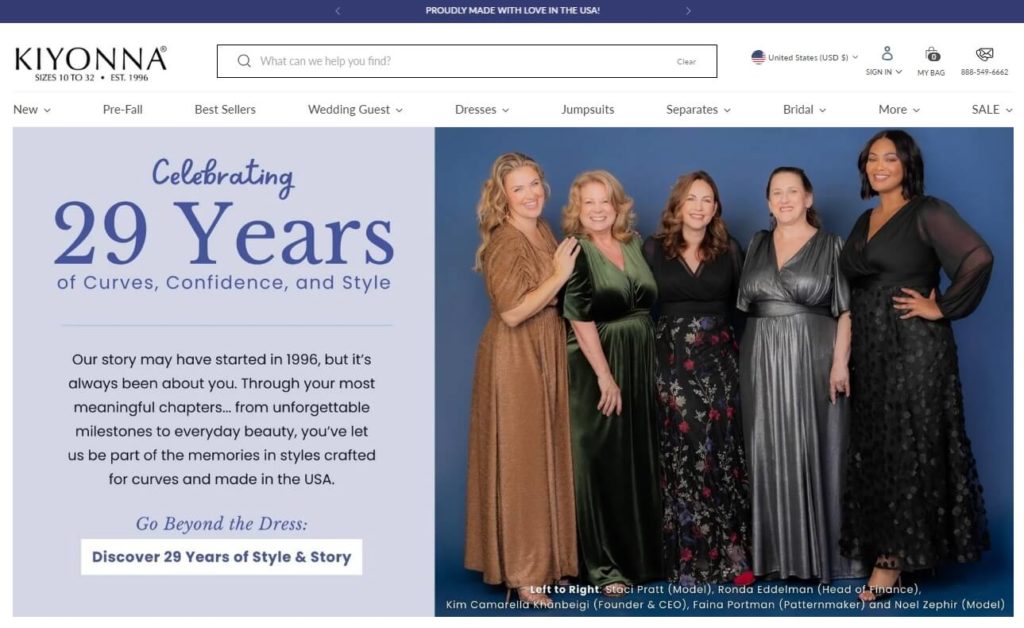
Kiyonna Case Study
We Increased Kiyonna’s eCommerce Conversion Rates With Shopify Plus
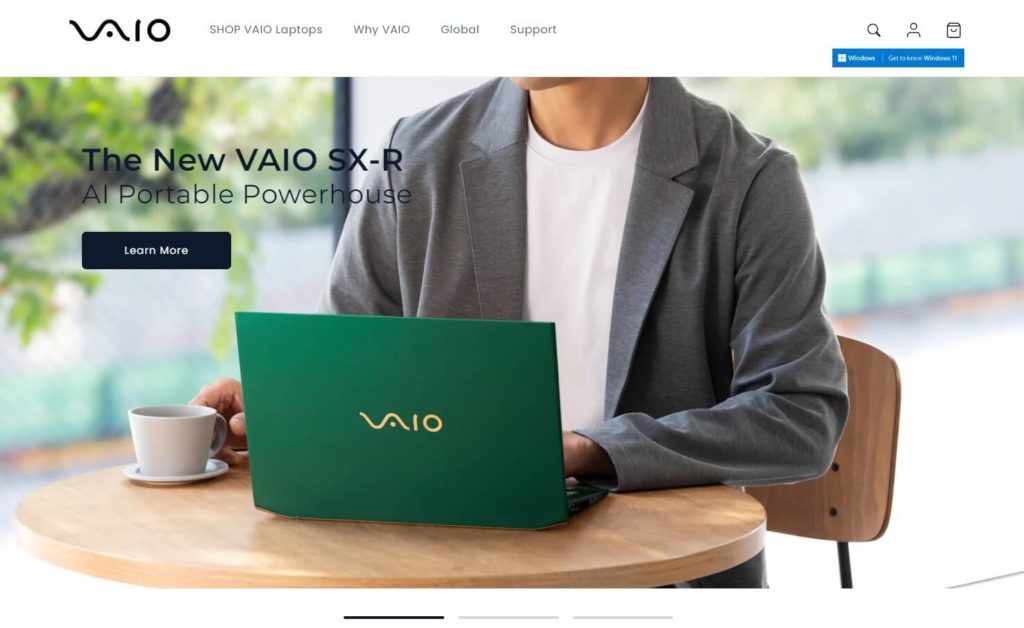
Vaio Case Study
We skyrocketed Vaio’s conversions with Custom Shopify Plus Design and User Experience Optimization.
Our Shopify Plus SEO Services
Once you engage with Optimum7 as a Shopify Plus SEO client, we commence with a thorough audit of your eCommerce business to pinpoint immediate wins (keywords that can quickly boost traffic) and establish long-term objectives.
Our aim at Optimum7 is to become a vital component of your marketing team. You can be confident that our eCommerce SEO services will strategically address both the immediate and future needs of your online store.
Upon devising the perfect Shopify Plus SEO strategy customized for your business, we will schedule a consultation call with you. During this call, we will discuss all the specifics and modifications planned for your website, ensuring you fully grasp the impact and benefits of our targeted SEO efforts.
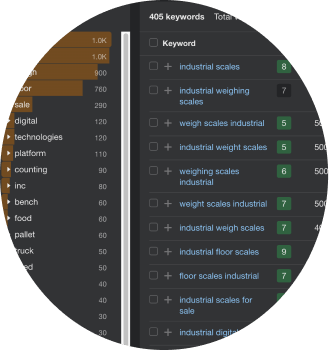
Keyword Research
One of the initial steps our team will undertake is to pinpoint on-page optimizations for your Shopify Plus store. This involves refining page headings and other elements to enhance how search engines, like Google, understand and categorize your content.
Using advanced SEO tools, we will comprehensively explore the keyword landscape relevant to your site, identifying optimal target keywords. These findings will be implemented promptly, and updates will be submitted to Google Search Console to ensure they are indexed effectively.
Technical SEO Audits
Our Shopify Plus SEO specialists will perform in-depth technical audits of your website. The objective is to uncover and rectify any deficiencies or errors that might hinder your site’s potential to climb in search engine rankings.
This technical scrutiny will address crucial elements such as title tags, meta tags, and adherence to SEO best practices, alongside efforts to enhance site speed. Our meticulous approach includes a thorough assessment of both on-page and off-page optimization factors.

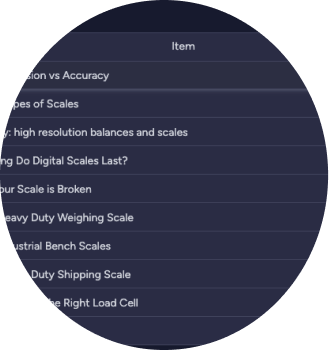
Content Roadmap
With a robust technical foundation in place, our focus shifts to content development. Our seasoned content creators, experienced with both B2B and B2C models, are well-versed in crafting compelling content tailored for Shopify Plus stores.
We will outline a content strategy designed to bolster organic traffic. Content topics will be reviewed and approved collaboratively, ensuring alignment with your strategic goals before we begin production.
Link Building Strategy
Backlinks are essential for SEO success. At Optimum7, we specialize in securing high-quality, white hat backlinks from authoritative sources within your industry. Our link-building efforts are continuous, aimed at enhancing the authority and trustworthiness of your Shopify Plus site.
Our strategy focuses on quality over quantity. Each link is carefully selected to maximize impact and support your site’s SEO progression.
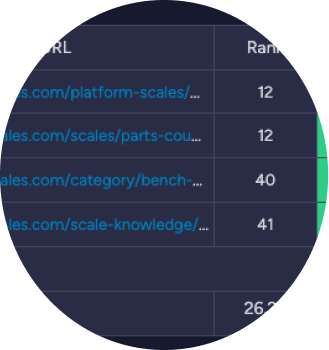
Additional Shopify Plus Platform Improvements
Our commitment to your Shopify Plus SEO doesn’t stop at basic optimization. We continuously seek to enhance every aspect of your digital presence:
- We rigorously test and optimize the text in your title tags and meta descriptions to maximize click-through rates (CTR).
- Develop dynamic remarketing campaigns tailored to the behaviors of your site visitors.
- Constantly improve site speed to enhance user experience and SEO.
- Conduct A/B testing on your online sales funnel to optimize conversion rates.
- Integrate high-quality video content to boost engagement and conversions.
As a seasoned Shopify Plus SEO agency, Optimum7 possesses the expertise and experience required to ensure your online store not only meets but exceeds its potential in digital spaces.
Other Shopify Plus Services We Offer
Our team has over a decade of experience with Shopify Plus, handling every conceivable challenge and implementing numerous custom functionalities for Shopify Plus stores. We are delighted to offer the following services:
Shopify Plus Development
With over 15 years of experience, we have become a leading developer of Shopify Plus websites. As certified Shopify Plus developers, we ensure your Shopify store not only looks exceptional but also performs seamlessly.
Our development team will collaborate with you to tailor your Shopify Plus store to the specific needs of your industry. Choosing to work with a Shopify Plus SEO agency like Optimum7 for your e-commerce store development ensures your site is optimized for search engine visibility.
ADA Compliance
Optimum7 is well-versed in navigating the complexities of ADA compliance to ensure your Shopify Plus business avoids legal issues related to accessibility. By integrating an SEO optimization plan, you are already taking proactive steps toward an ADA-compliant website.
We will address all aspects of ADA compliance to make sure your online stores are accessible to everyone, regardless of ability.
Shopify Migrations
Our Shopify Plus experts specialize in a ZERO DATA LOSS migration process. With a track record of successful migrations across various platforms, we are confident in our ability to execute your Shopify Plus migration flawlessly.
Partnering with an SEO agency like ours ensures that all redirects (301s) are correctly implemented, helping your website gain more organic traffic following a successful e-commerce migration.
Page Speed Optimization
Investing in your website’s aesthetics is just the beginning; its performance is equally crucial. Optimizing your Shopify Plus store’s speed is essential for providing a smooth user experience, which is a critical component of SEO success.
Our Shopify Plus development team is dedicated to maximizing your site’s speed without compromising any functionalities.
Conversion Rate Optimization
Once your website’s infrastructure is flawlessly operational, the next step is CRO, vital for transforming traffic into sales. Our approach involves applying industry-best practices to enhance the checkout process, cart abandonment strategies, and overall purchase journey.
We collaborate with you to ensure that your site’s conversion processes are optimized to convert traffic into the highest possible sales.
Google Shopping Optimization
As a Shopify Plus merchant, the importance of Google Shopping ads cannot be overstated. Our marketing experts are adept at refining your Google Shopping campaigns to maximize visibility and impact.
Our paid search team is skilled at identifying inefficiencies in existing paid search strategies and proposing innovative solutions to boost ROI on your campaigns.
Work With A Highly Rated Shopify Plus SEO Company Today
If you’re ready to partner with one of the premier Shopify Plus SEO agencies in the country, contact us today to explore how our Shopify Plus SEO services can transform your business. Our team will develop a comprehensive SEO strategy designed to significantly increase your organic traffic and elevate your search engine rankings to new heights.
Our Promise To A Successful Shopify Plus SEO Campaign
Our Shopify Plus SEO specialists are so confident in their ability to enhance your organic traffic that we offer a guaranteed increase in organic sales or traffic—or your money back. Why? Because we are certain of our ability to produce results. We will not engage with your eCommerce website unless we are assured of making a substantial and immediate positive impact on your business’s profitability.






